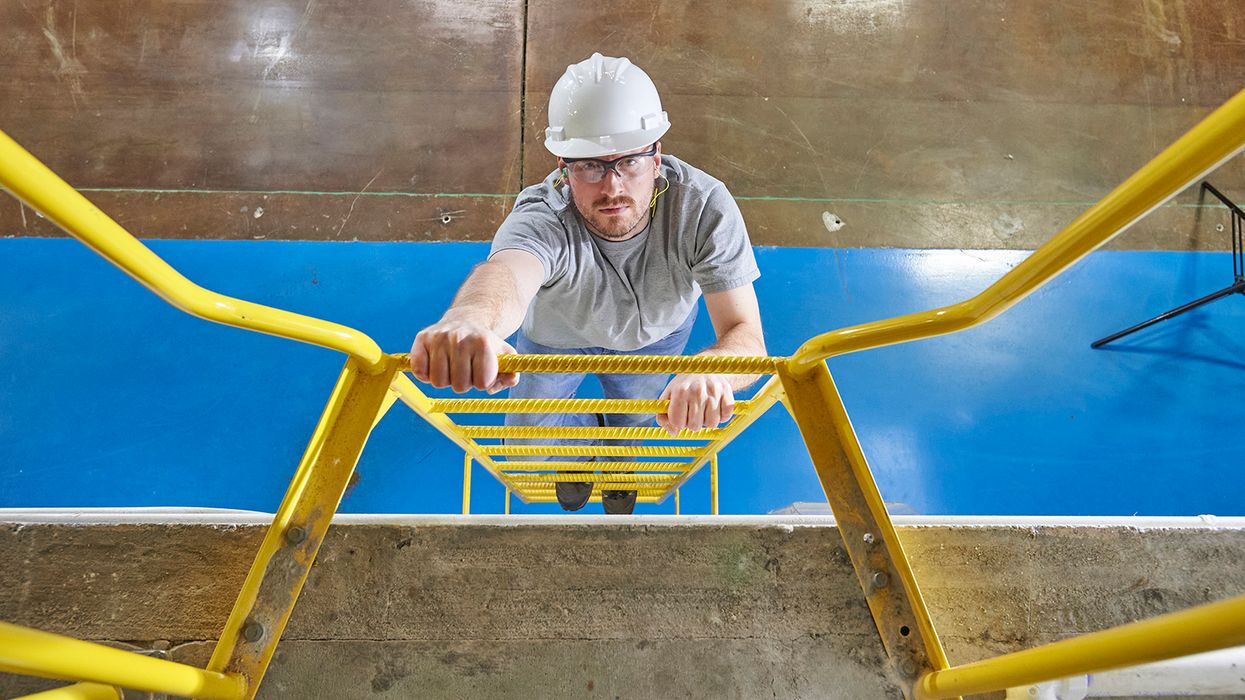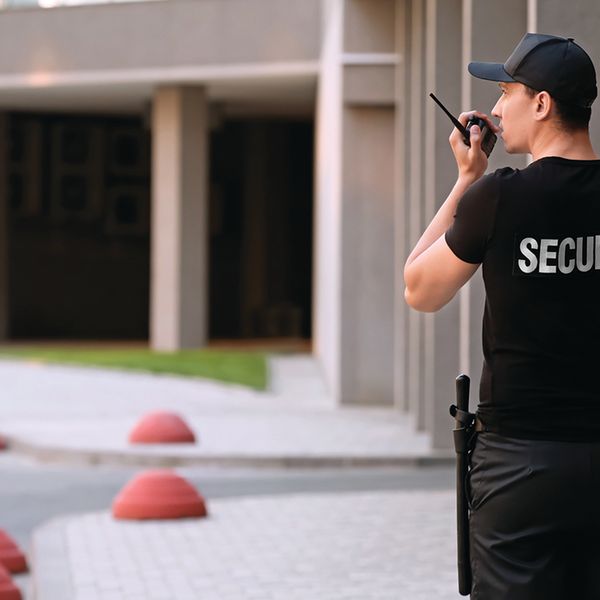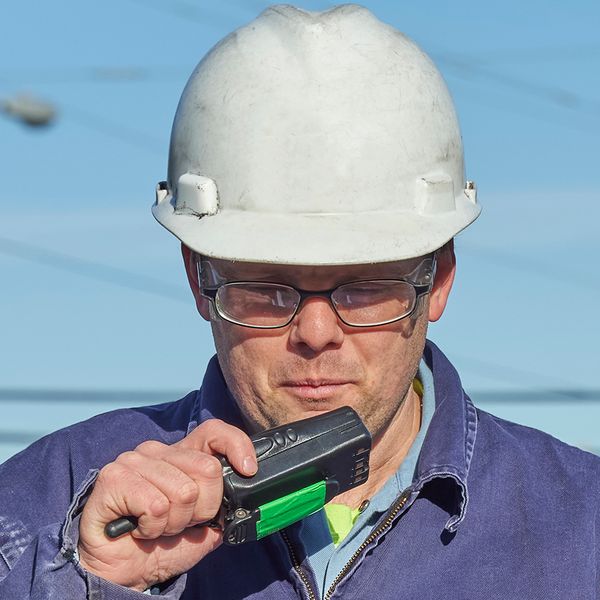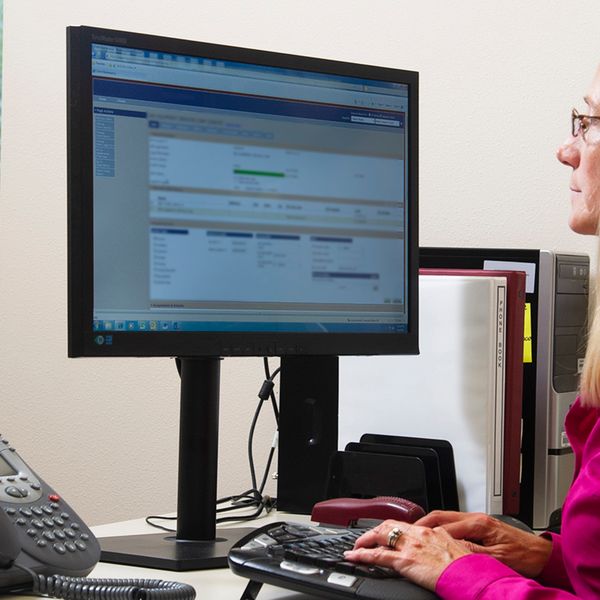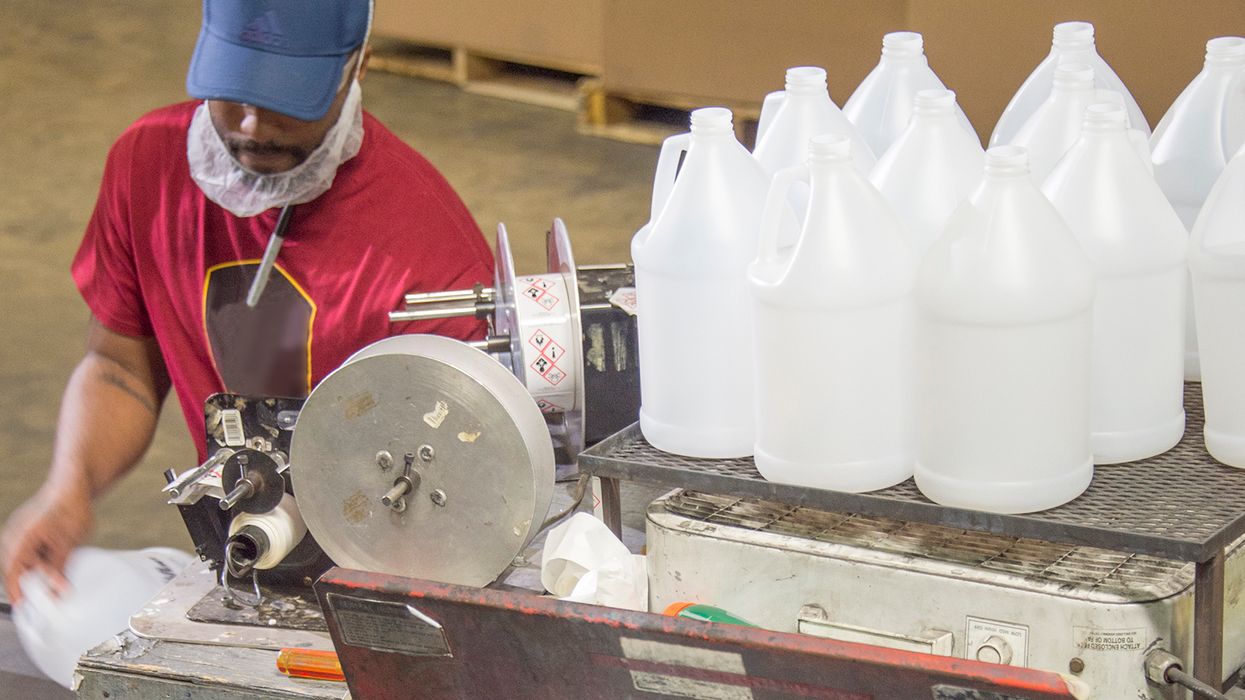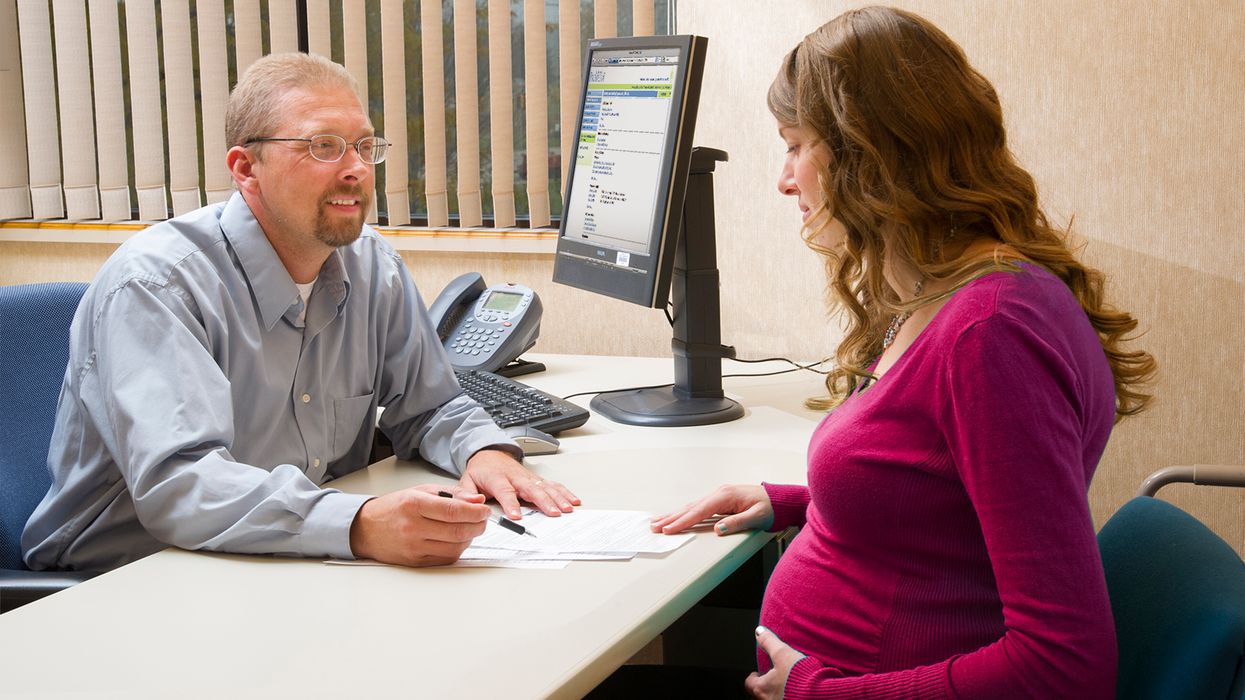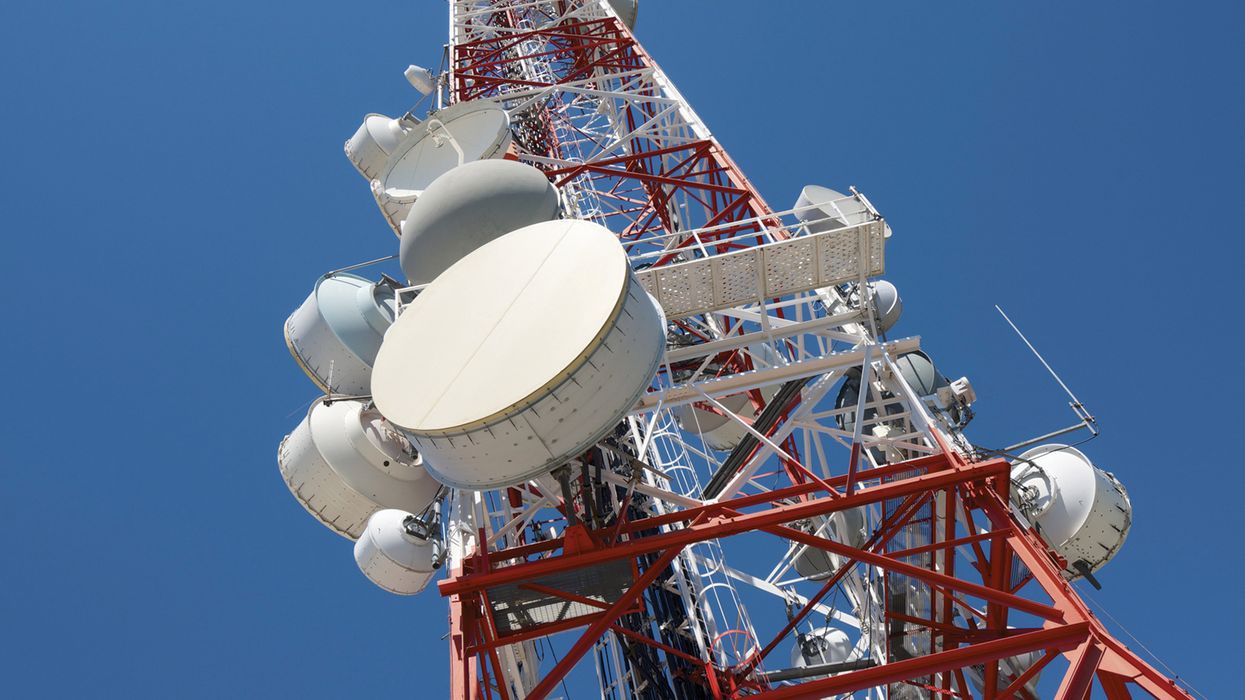Lone Workers: A recommended policy
What happens if a lone worker has an emergency and cannot call 911 or the company for help? The results could be disastrous for both the employee and the company. Working alone where serious hazards exist leaves workers vulnerable to severe injuries and the sudden onset of personal illnesses.
OSHA doesn’t have a specific standard in General Industry that applies directly to lone workers. However, OSHA could cite using the General Duty Clause if an employee is working alone in hazardous conditions because it is a recognized hazard. Under OSHA’s General Duty Clause, the employer is responsible for providing, “a place of employment which is free from recognized hazards that are causing or are likely to cause death or serious physical harm to his employees.” As a best practice, workers shouldn’t be working alone. This is especially true in high-hazard areas like a machine shop or a heavy machining area, in case of emergency. Employees should work in pairs whenever possible, which isn’t always feasible.
It's recommended that a lone worker policy is put in place that outlines the following:
- Which tasks a worker is allowed to do alone,
- Where lone work is acceptable,
- When additional assistance should be utilized,
- How to report emergencies, and
- Employee check-in procedures for working alone.
United States-based information on lone workers is surprisingly limited. However, outside of OSHA’s jurisdiction, the Canadian Centre for Occupational Health and Safety has specific lone worker (“Working Alone”) policies and practices that are a great reference point for starting a lone working program. Generally, assess the hazards the lone worker would be subjected to in their work, avoid completing hazardous tasks alone, establish a check-in procedure, and ensure there’s a way to report emergencies for the lone worker. Ensure others in the facility know the lone worker’s location and have a designated person check in periodically.
Another consideration is if an employee is exposed to a serious hazard (using a drill press, metal cutting, etc.), OSHA requires that they be able to receive help in 4 minutes or less. That means that the employees in the remote location need to be trained in first aid or be able to contact and receive help from EMS/First Aid team within 4 minutes. The lone employee should be trained in first aid, but that is not foolproof if the employee loses consciousness and is unable to help themselves.
Key to remember
Employees working alone are at risk should they have a personal medical emergency or if they get severely injured on the job. While OSHA doesn’t state that workers cannot work alone, it’s a best practice to develop and enforce a lone worker policy.

